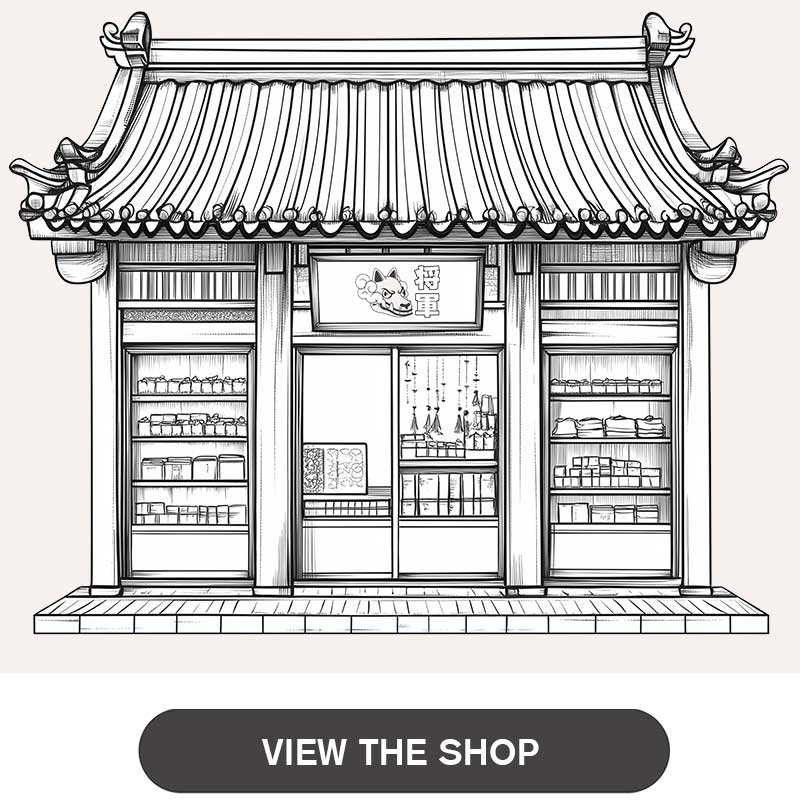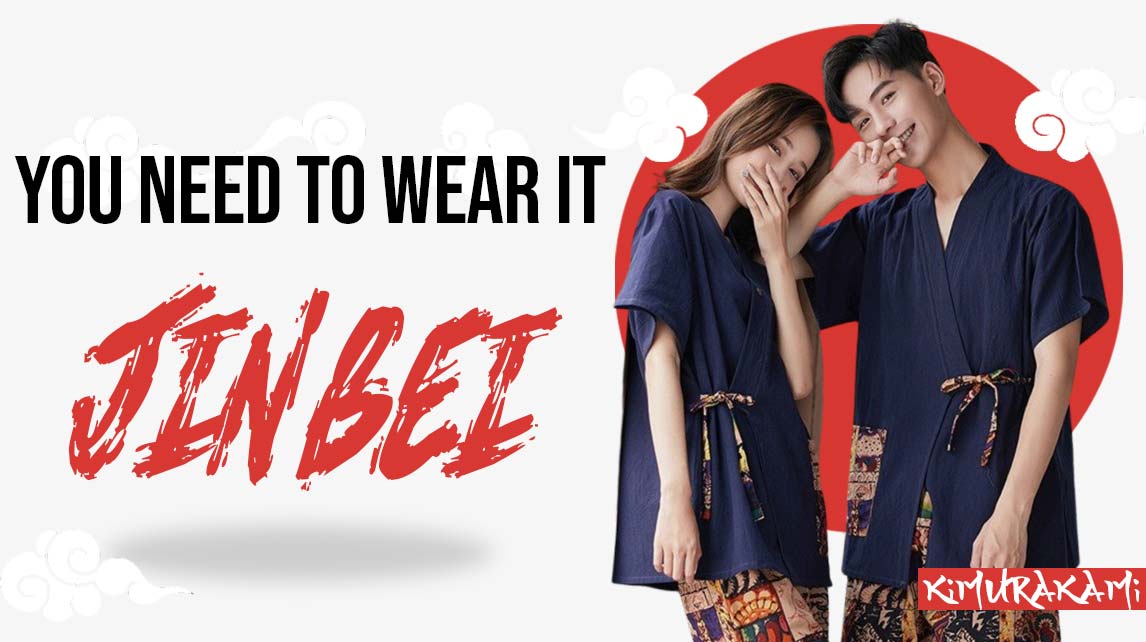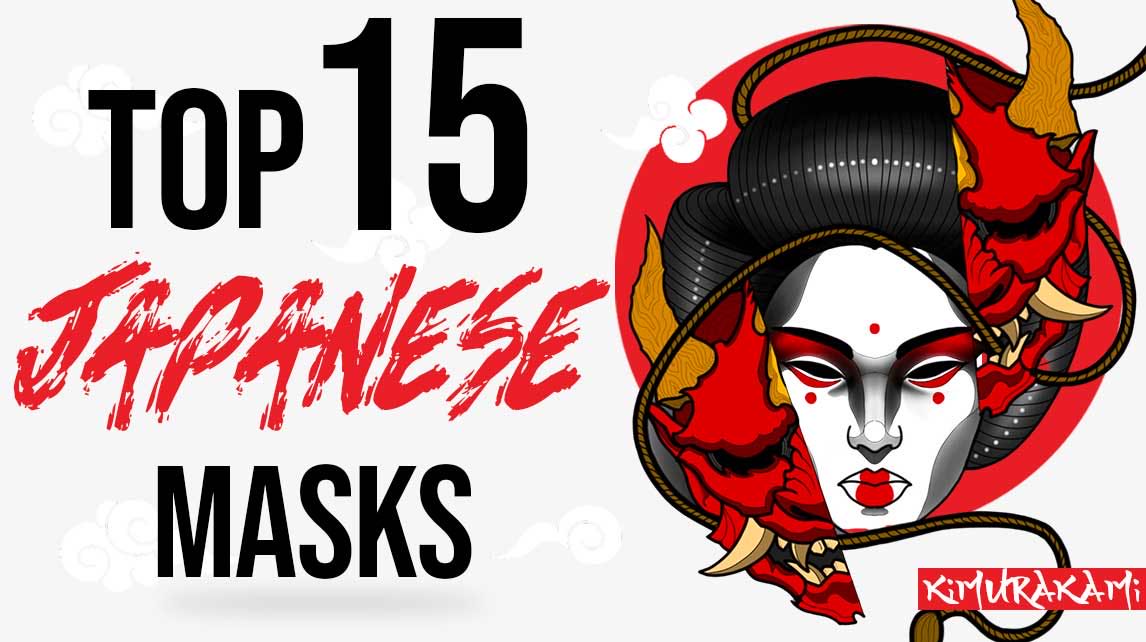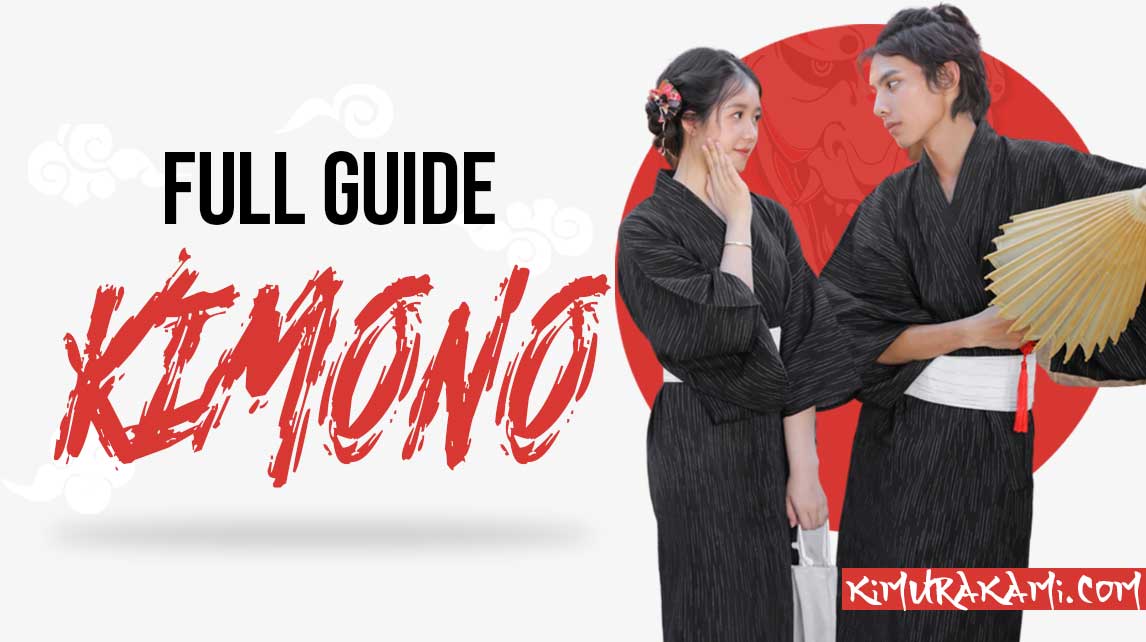In Japan, traditional clothing is worn on special occasions such as summer Matsuri festivals, funerals or weddings. If you travel to the Land of the Rising Sun, you will have the chance to see women wearing a traditional kimono and men donning a Hakama or Haori.
The kimono represents the traditional Japanese attire par excellence. In order to wear this Japanese garment following the tradition, one must follow a dress code. Among the elements that make up this complete outfit, there are also the traditional Japanese sandals made out of wood that are called geta (or Zori).
To wear these samurai and geisha flip-flops, it is essential to wear Tabi socks...
Translated from Japanese, Tabi literally means "foot bag". It is a pair of traditional socks of Japanese origin that reach up to the ankle and isolate the first toe from the others. Also called "split toe socks". Traditionally, these kimono socks are white.
If you want to learn more about this traditional accessory, you will discover in this article
- What is the origin of Tabi?
- What is Jika-Tabi?
- What are the different styles of Japanese socks?
- Why wear Tabi socks?
- How to wear these traditional Japanese socks?
- But first, let's discover what the word Tabi means in Japanese ?
Origin of Japanese socks

Historically, the first cotton Tabi had thicker soles than ordinary socks. They were not elastic and were put on through an opening in the back.
The tabi closes with the Kohaze. These are metal hooks that are closed by attaching keito (or "kakeito"). These are sort of loops hidden inside fabric, at the ankle.
The earliest written records of the history of Tabi date back to the 11th century, to the Heian period. During the Heian period (710-1192), this type of sock was worn by the nobility and was called: Shitozu. The sole was made of leather or straw to be able to walk outside the Japanese houses... Japanese peasants wore straw sandals called Waraji.
Classical Tabi socks came about with the evolution of shoemaking. During this period, cotton was a rare material in Japan. Therefore, Tabi were only reserved for the social elite.
Trade with China allowed more cotton to be imported and thus more socks to be produced. This is how tabi became an indispensable accessory of the Japanese dress code
During the Meiji Period (1868-1912) the color of socks allowed to differentiate social classes:
- Colorful and printed tabi socks: for Japanese musicians and artists
- Gold or purple tabi socks: for samurai
- White tabi socks: for Japanese events and ceremonies
- Black or navy blue tabi socks: for men traveling to avoid showing marks, stains and dirt
In 1922 (Taisho period 1912-1945), the brothers Tokujirō and Shōjirō Ishibashi created the jika-tabi. They make a classic tabi using rubber. It is the shoe version of the Tabi that is worn outdoors.
The Jika-Tabi: outdoor Tabi

These Tabi boots are reinforced and fit snugly on the feet. They are comfortable to wear for sports or work.
The soles are made of a durable and durable material.
The soles are flexible and provide a good grip. The Japanese have also created Tabi-boots at knee height for plowing rice fields and walking in swamps for example.
The matsuri tabi is worn at festivals, as the sole is extremely comfortable.
In 1988, the jika-tabi is revisited is revisited by fashion designer Martin Margiela. He creates Tabi booties for women with a heel...
What are the different types of Japanese socks?
The classic tabi socks

Nowadays, "tabi socks" are made of a stretchy material. They are put on like western socks, that is, without fasteners.
Gohon-yubi no kutsushita: the glove socks for feet
The 5-toe socks are gloves for the feet. The 5 toes are separated for more comfort.
They originated in Spain, but are very popular in Japanese society (and especially for athletes).
Japanese heated socks
The weather is sometimes cold in the Japanese archipelago, seasonal socks keep feet warm.
The Fuwa Fuwa: slipper socks
They look like children's stuffed animals. They are worn inside the house. They are soft and comfortable like slippers.
Kon-hai socks

These are navy blue colored high socks. They are worn by middle school and high school girls as tights or socks...
Japanese high socks
They are called: loose socks. These socks resemble blank, loose socks worn by young girls in the 90s. The length of these loose socks varies according to the tastes of Japanese school girls.
Why wear Japanese tabi

Here are the different reasons to wear Tabi socks:
- The friction that occurs between the toes is reduced by wearing tabi. Since the big toe is free from the rest of the foot, it keeps its normal position and thus allows for better stabilization, as the soles of the feet grip the ground better
- Modern tabis are fun to wear. It feels like you are barefoot
- Japanese tabi bring good hygiene to your feet. The separation of the toes and the toe helps to reduce perspiration and thus reduce bad odor
- Tabi socks improve blood circulation and thus warm the feet
- Some podiatrists claim that tabi decreases the occurrence of Hallux Valgus. This is a foot deformity caused by the deviation of the first metatarsal and big toe.
The role of tabis in Japanese manners
To respect Japanese customs, you must follow the code of manners. You must take off your shoes on the doorstep, before entering a Japanese home.
To make a good impression, we advise you to always have well-maintained socks. Avoid dirty socks or socks with holes in them as this is considered disrespectful to the host.
We have seen earlier in this article that Japanese tabi were worn centuries ago to fight the cold and to put on Japanese sandals. Today it is a real fashion accessory that compiles benefits like blood circulation and hygiene.
Whether you like the Japanese style of dress or not, we advise you to have a small pair at the bottom of your wardrobe drawer...










Leave a comment